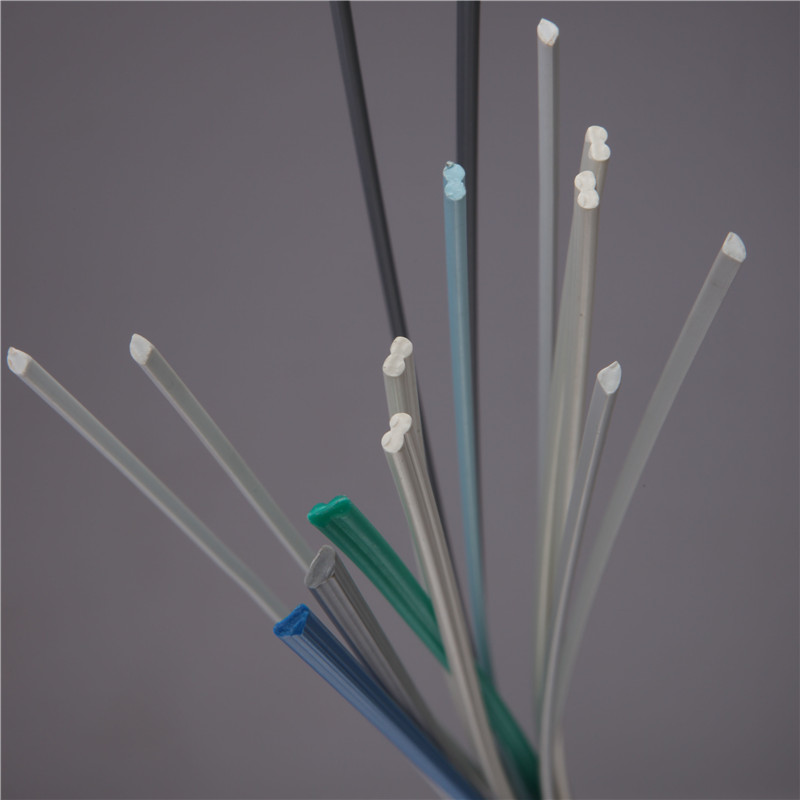Sep . 07, 2024 15:46 Back to list
High-Density Polyethylene (HDPE) Sheet Sizes - Comprehensive Guide
Understanding HDPE Sheet Sizes An Overview
High-Density Polyethylene (HDPE) sheets are a versatile and widely used thermoplastic material known for their strength, durability, and chemical resistance. Commonly utilized in various industries ranging from construction to packaging, HDPE sheets come in a range of sizes, thicknesses, and colors to meet diverse application needs. In this article, we will explore the typical sizes of HDPE sheets, their applications, and factors to consider when selecting the right sheet for your project.
Common Sizes of HDPE Sheets
HDPE sheets are available in multiple standard sizes. The most commonly found dimensions include 4 feet by 8 feet, which is the industry standard in North America. However, manufacturers also provide other sizes such as 4 feet by 10 feet, 5 feet by 10 feet, and custom dimensions depending on specific project requirements.
The thickness of HDPE sheets typically ranges from 1/16 of an inch (1.6 mm) to 1 inch (25.4 mm). Thicker sheets are often used for more demanding applications, such as those requiring structural support or higher impact resistance. Applications for thinner sheets may include simple project uses, signage, and packaging.
Applications of HDPE Sheets
Given their unique properties, HDPE sheets have numerous applications. In the construction industry, they are essential for applications like tank liners, heavy-duty containers, and protective barriers due to their resistance to moisture, impacts, and chemicals. In the food industry, HDPE sheets are frequently employed for cutting boards and food processing surfaces, as they are easy to clean and maintain.
hdpe sheet sizes

Additionally, these sheets are widely used in custom fabrication projects. For instance, signs, displays, and protective equipment can be easily produced from HDPE sheets, offering a reliable and weather-resistant option for outdoor applications. The sheets can also be welded to create larger structures or specialized parts, enhancing their versatility.
Factors to Consider When Choosing HDPE Sheets
When selecting HDPE sheets for a specific application, several factors should be considered. Firstly, determining the required sheet size is crucial. Knowing the dimensions needed for your project helps minimize waste and ensures compatibility with existing structures. It's also important to select the right thickness based on the application’s demands – thicker sheets provide higher durability, while thinner sheets may be more cost-effective for lightweight projects.
You must also consider the environmental conditions the HDPE sheet will encounter. For instance, some applications may require UV-resistant sheets, while others may necessitate enhanced chemical resistance. Ultimately, understanding the sheet's specifications and compatibility with the intended use is vital for long-term performance.
Conclusion
HDPE sheets offer a wealth of advantages, which has led to their widespread use across various industries. With standard sizes typically ranging from 4 feet by 8 feet up to larger custom dimensions, it’s essential to be well-informed when selecting the right size and thickness for your application. By considering the specific requirements, environmental factors, and application needs, you can make an informed decision that ensures the longevity and functionality of your project. Whether for construction, signage, or any other purpose, HDPE sheets are a reliable choice, enabling innovative solutions across many fields.
-
Durable PP Rigid Sheet: Lightweight, Chemical Resistant Solutions
NewsAug.21,2025
-
PVC Grey Sheet for Extraction: Chemical Resistant & Durable
NewsAug.19,2025
-
Durable PVC Pipe Fittings for Plumbing & Irrigation Needs
NewsAug.18,2025
-
HDPE Steel Belt Reinforced Spiral Corrugated Pipe | High Strength
NewsAug.17,2025
-
HDPE Pipe Fittings: Durable, Leak-Proof Solutions
NewsAug.16,2025
-
Premium CPVC Sheet: High-Temp & Chemical Resistant Solutions
NewsAug.15,2025

